Find out which pack sizes and promotions are picking up pace
1. Staying in for beers is the new going out for pints
2. Shoppers are cherry-picking promotions
3. Beer and cider food pairings can drive up shopper spend
4. The cost-of-living crisis is driving growth in smaller multipacks
5. Total low- and no-alcohol beer sales are up by 7%
6. Premium lager sales have surged by 11% in impulse
7. Premium ciders are fastest growing with total sales up 5%

1. Staying in for beers is the new going out for pints
Bad news for pubs but good news for retailers: staying in for beers is the new going out for pints. According to a December CGA report on the impact of the cost-of-living crisis on consumer behaviour, 38% of Brits are going out to eat and drink less often, with 72% of this group citing financial concerns for staying in more.
This presents a clear opportunity for convenience retailers who can get their beer and cider propositions right. “All of our stores have seen a rise in alcohol sales in the past year and some are up in double digits and I think it’s partly because people are eating and drinking out less often,” says Peter Patel, who runs four Costcutters, the UK’s first Costcutter/Bargain Booze store and a standalone Bargain Booze outlet across South London, Kent and Essex.
“By talking to customers, we know that people are looking to save money by not going out so often.”
Peter’s not alone in observing this. BrewDog off-trade category development manager Miriam Thompson points to IGD research that suggests 89% of people are changing how often, where and when they eat and drink outside the home to save money.
“As pressure on household expenses continues, consumers are compromising on out of home spend, as a first approach,” she says. “This could mean that shoppers will look to get that treat in the home, as they did during the pandemic. As we saw with shopper habits during the pandemic, consumers tend to be brand loyal within beer and consumers claim to have traded down brands less in alcohol vs other categories [Shopmium May 2022].”
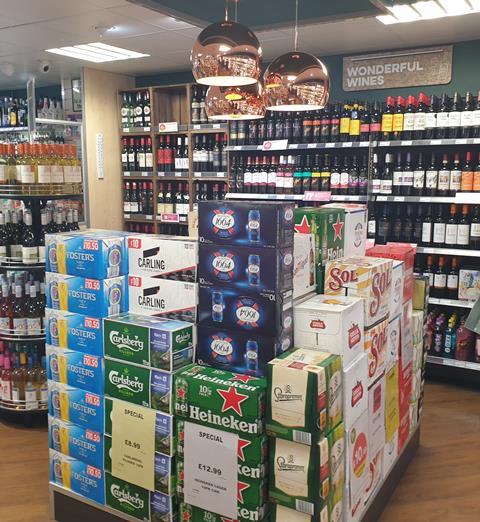
2. Shoppers are cherry-picking promotions
Drinkers might be brand-loyal when it comes to beer and cider, but they’re not necessarily staying loyal to their local stores. “People are cherry-picking and shopping around much more than in the past,” says Mos Patel, who owns two stores in Greater Manchester, Premier Heyside and Family Shopper Broadoak.
“We keep an eye on what the supermarkets are doing and often when there is a good deal on at the supermarkets our sales go down because we can’t compete. Our cost price is often the supermarkets’ retail price. Shoppers are savvy – non-promotional sales are down but promotions on Stella, Foster’s, Budweiser and stuff like that are still popular.”
Down south, Peter has also noticed shoppers cutting back. “My Brockley store has a massive craft beer and premium ale display and we do mix and match deals of three for £5 upwards to £7 for more premium beers and I would say that sales of higher end stuff have definitely slowed,” he says. “Obviously there’s a limit to how much people will spend.”
Price isn’t the only factor to think of, of course. “When a shopper buys cider on impulse, having it chilled and ready to drink are often more important than price,” says Aston Manor Cider marketing controller Calli O’Brien. “However, promotions still play an important role in communicating value-for-money that will help to win longer term customer loyalty.”
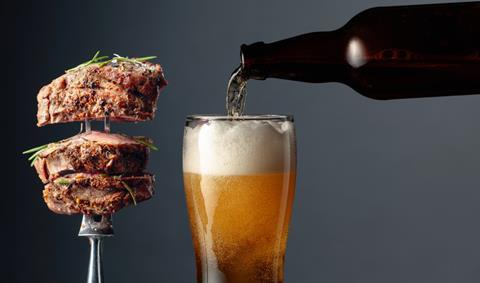
3. Beer and cider food pairings can drive up shopper spend
With many consumers choosing to save money by staying in, encouraging shoppers to purchase food with beer and cider can be an effective way of driving up basket spend.
“We offer Cook frozen ready meals and more people are coming in to get a good quality meal and a decent bottle of wine or beers for around £20,” says Peter. “They recognise that they could spend double or triple that if they were to go out.”
“Pairing beers and ciders with food is possibly an under-explored opportunity for convenience retailers to consider when trying to drive incremental sales,” says John Price, head of marketing at KBE Drinks, distributor of Kingfisher Lager and others.
“With increasing numbers making fewer visits to pubs, bars and restaurants due to on-going financial pressures, this almost certainly means more eating and drinking at home, where they will still want to make home meals as authentic as possible, which means matching their beer choice to cuisine.”
Kingfisher, he suggests, should be paired with curries and Portuguese lager Sagres could be pitched at shoppers looking to recreate Nando’s meals at home. “Retailers should respond to this trend with clearly sign-posted meal deals and inspirational ideas for pairing beers with food,” adds Price.
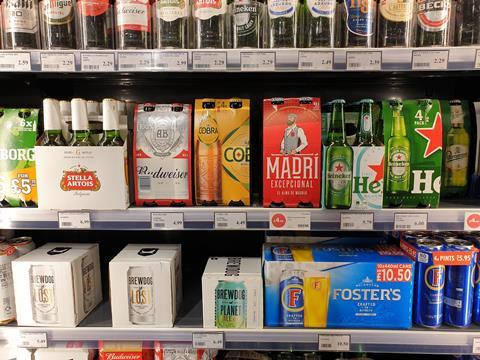
4. The cost-of-living crisis is driving growth in smaller multipacks
Another shopper response to the current economic pressure is switching to smaller multipacks away from larger, big ticket multipacks such as 12-can and 18-can packs. “We’re seeing smaller and mid-sized multipacks growing share of spend,” says Heineken category & commercial strategy director Alexander Wilson.
“We expect this trend to continue over the coming months as many look to continue shopping but with a more restricted budget. Shoppers are reverting to making smaller, but more frequent shops, so retailers should be looking to supply customers with choice and offer a range of beer and cider multipack sizes to help cater to a variety of occasions.”
Thompson at BrewDog agrees. “It’s important to have a mix of formats to meet different needs,” she says. “Six-can to 10-can packs appeal to shoppers that are feeling the strain, delivering more value for money than smaller packs or single cans. However, the four-can packs remain the most important craft beer format with 47.4% share of sales [Nielsen].”
Up in Manchester, Mos agrees that smaller to mid-sized multipacks are proving most popular. “At the moment we are selling more eight to 10-can packs because people are looking to save money,” he says. “The larger 18 and 24-can packs have slowed down. We’ve taken the decision to run down stock because it makes no sense tying your money up in dead stock that takes ages to shift.”
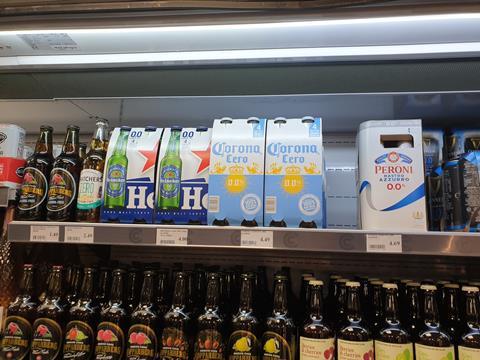
5. Total low- and no-alcohol beer sales are up by 7%
Low and no-alcohol beer is still a hot ticket, states Peter. “It’s doing really well,” he says. “It’s not really the non-drinkers who are buying it but people who are looking to cut down on their alcohol or who want to reduce their calories. The female side of the market is particularly receptive to no alcohol beer from the big brands such as Stella, Peroni and Heineken.”
Across total grocery, low and no-alcohol beer is a key growth driver, with sales up 7% to £111.6m in the past year while total beer sales have fallen by 10.3% [Nielsen]. “The percentage of consumers who say they are looking to reduce their alcohol consumption over the coming year has risen from 40% in 2020 to 55% in 2022, rising to 65% of people in generation Z,” says Thompson at BrewDog.
“However, distribution and availability in convenience is not where it needs to be. Just 36% of consumers rate the current choice of no and low products in convenience stores as good or very good, behind supermarkets at 59% [KAM Media]. With expectations of availability and choice growing, now is the time for retailers to capitalise on demand.”
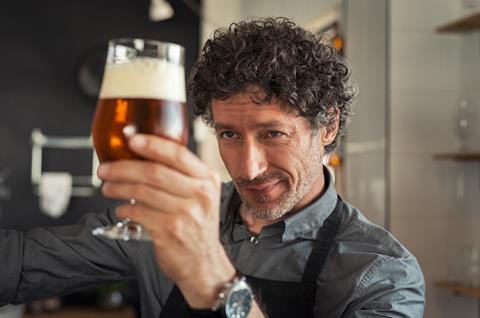
6. Premium lager sales have surged by 11% in impulse
Premium lager is another horse worth backing, says Wilson at Heineken. “Premium offerings are growing despite the cost-of-living crisis,” he says. “While shoppers are attempting to make savings across large expenditures, such as household bills or eating out, smaller purchases like alcohol are one area where consumers are happy to spend a little more.”
He points to NielsenIQ data for the four weeks to 28 January 2023, which show that sales of premium lager surged by 10.6% in the impulse channel to back this up. “The ‘drinking less but better’ trend is still very much prevalent,” adds KBE’s Price. “Consumers are increasingly willing to spend more to treat themselves to premium and super premium lager brands, which is in turn driving increased value in-store.”
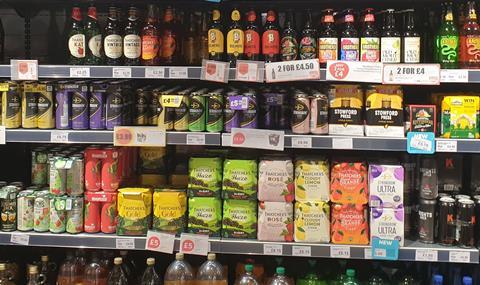
7. Premium ciders are fastest growing with total sales up 5%
Premium cider brands are also cashing in. “Consumers are drinking less frequently, but choosing higher quality options which command higher price points, when they do,” says Darryl Hinksman, head of business development at Westons Cider.
“The impact of premiumisation can become even more apparent when economic pressures force consumers to carefully consider every item in their shopping basket. The good news for premium options like crafted cider, is these products are often considered relatively affordable, enjoyable treats.”
Indeed, NielsenIQ data for the 12 weeks to 28 January 2023 shows that premium cider is the fastest growing part of the market, with sales up 4.9%. “Premium ciders retain their popularity with shoppers, with Thatchers continuing to outperform the cider market,” says Thatchers Cider commercial director Jonathan Nixon.
“As shoppers continue to feel the cost-of-living crisis bite this summer, they will be looking to get extra value for money from their purchases. The cider market will continually be challenged as consumers have less to spend, but we see the market buoyant for premium brands offering market-beating quality and innovation.”

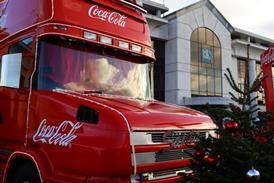






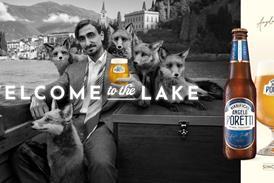











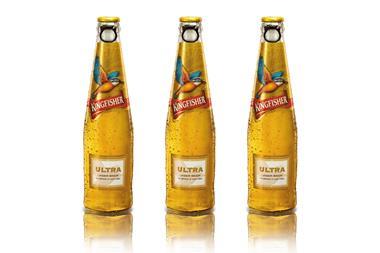

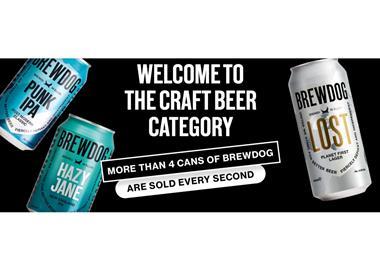

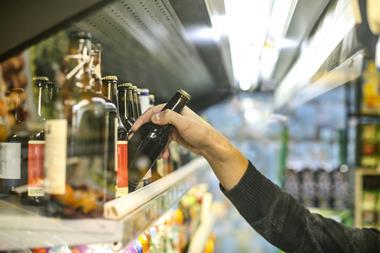


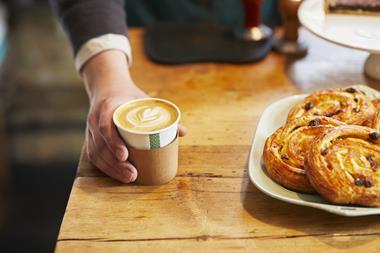




No comments yet